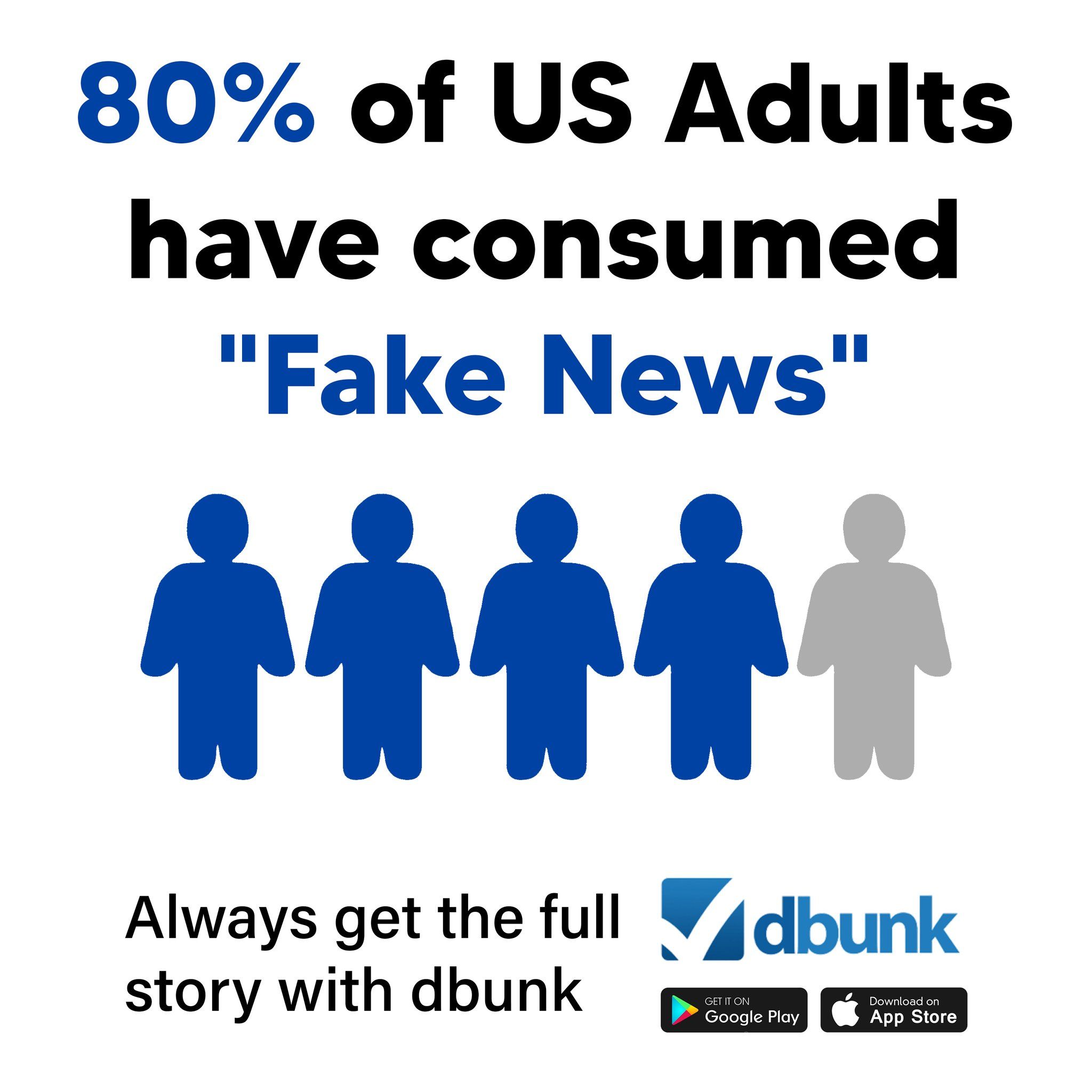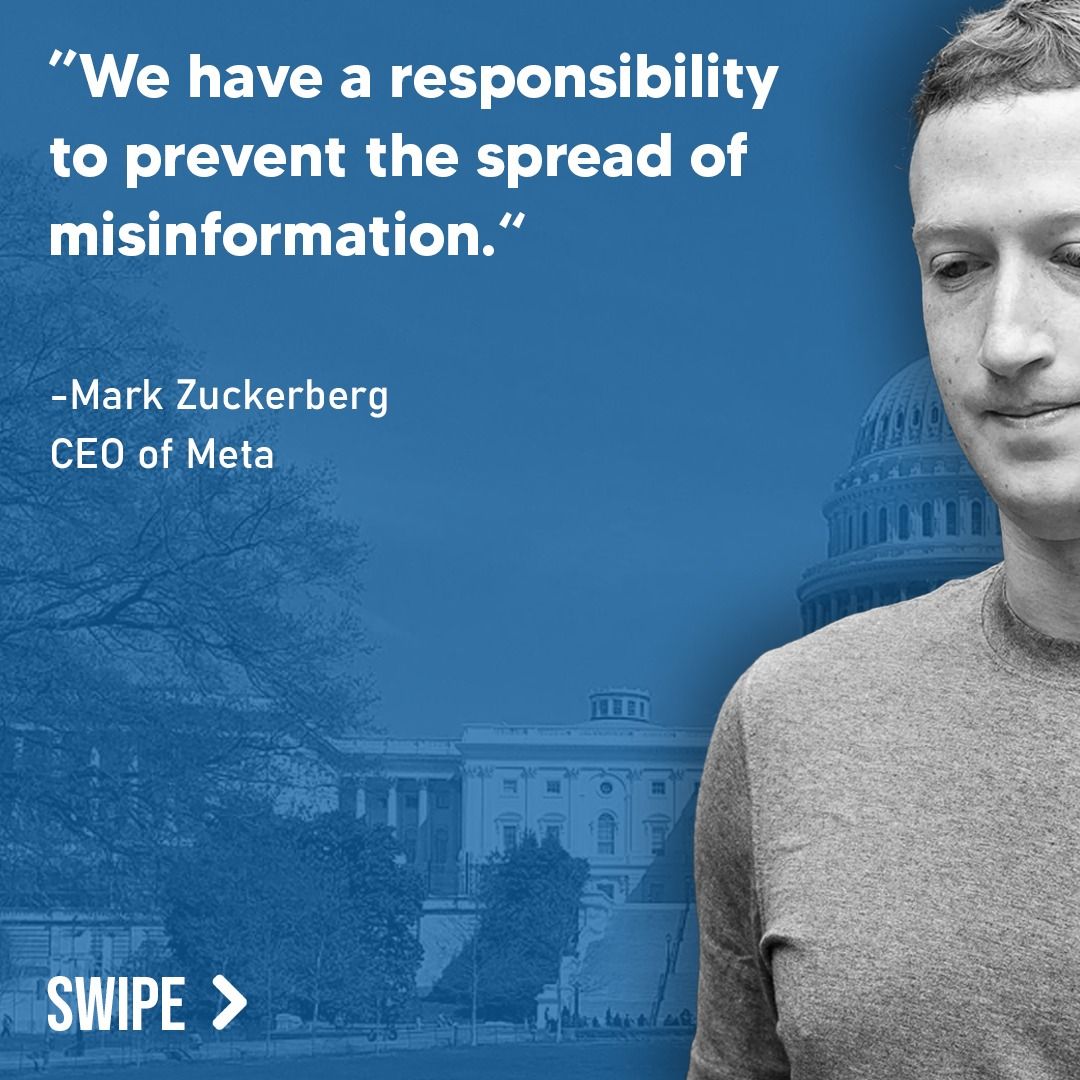
Why This Article Was Flagged
The article was flagged for fact-checking due to user concerns about the real impact of President Trump’s newly proposed import tariffs on U.S. inflation, especially since the March 2025 rates reportedly fell unexpectedly. At first glance, this appears to challenge widespread economic predictions. So, how accurate is this reporting — and is anything important missing?
Background on U.S. Inflation and Tariffs
Tariffs are taxes imposed on imported goods, generally intended to bolster domestic industries. However, they often raise costs for consumers and businesses, which can lead to inflation. During Trump’s previous administration, tariffs on Chinese goods in 2018–2019 contributed to higher prices on certain goods. Following Trump’s reelection, new tariff measures re-emerged in 2025 aimed at imports from a broader list of countries. This headline inflation decrease in March 2025 seems to contradict expectations — making it critical to assess what’s affecting inflation now and what role tariffs are actually playing.

Claim #1: “Inflation Eased to 2.4% in March, Lower Than Expected”
This claim is accurate based on the latest report from the Bureau of Labor Statistics released on April 10, 2025. The Consumer Price Index (CPI) decreased by 0.1% monthly and stood at 2.4% annually — a drop from February’s reading of 2.8%. Independent confirmation from the BLS CPI Summary verifies this data. Notably, core inflation (excluding volatile food and energy) also came in below expectations. Analysts had predicted a headline figure of 2.6%, per Dow Jones. Thus, this part of the article reflects the actual figures without distortion.
Claim #2: “Trump’s Tariffs Are Expected to Increase Inflation, But Impact Is Unclear After Delay”
This claim has partial accuracy but lacks important context. Historically, tariffs tend to increase product prices, as companies pass import costs onto consumers. The Peterson Institute for International Economics and Brookings Institution have both demonstrated this in numerous studies. However, the article correctly notes that Trump delayed the most aggressive tariffs for 90 days and only implemented a preliminary 10% blanket tariff as of early April 2025. Because these new import duties only started days before the March CPI data was collected, they couldn’t have had any measurable impact on the reported inflation numbers. The easing inflation in March occurred before these tariffs could ripple through the economy. Therefore, attributing any inflation trends during this period to tariffs is misleading.

Claim #3: “Energy Prices Dropped Significantly, Driving Down Overall Inflation”
This statement is factually correct and crucial to understanding the March CPI report. The Bureau of Labor Statistics noted that gasoline prices dropped by 6.3%, leading to a broader 2.4% decrease in the energy index. Since energy costs heavily influence headline CPI, this fall played a large role in suppressing inflation. Gasoline and energy prices are highly volatile and impacted more by global oil supply and demand than U.S. tariffs. Therefore, the article accurately identifies falling energy prices as a primary driver of the month’s lower inflation rate. These details are consistent with economic reports from Reuters and the Energy Information Administration.
Claim #4: “Used and New Vehicle Costs Were Largely Flat Ahead of Auto Tariffs”
This observation is supported by BLS data and confirmed by reporting from Bloomberg. Used car prices dropped by 0.7%, and new vehicles increased by just 0.1% in March. The article implies a causal link to upcoming auto tariffs, but this may be premature. Economists expect vehicle prices to rise if tariffs are fully implemented, particularly on component-heavy imported vehicles. However, since the tariffs did not affect March data, it’s speculative to connect recent auto pricing to future tariff impacts. Describing their changes as happening “ahead of tariffs” is technically accurate chronologically, but it’s misleading in attributing causation.

Final Verdict on the Article’s Accuracy and Bias
Overall, the article presents accurate inflation data, correctly sourced from the Bureau of Labor Statistics. However, it blurs the cause-and-effect narrative when discussing President Trump’s tariffs. The timing of the tariffs relative to the inflation data suggests they had no immediate impact on the March CPI report. The article’s framing might lead readers to mistakenly associate lower inflation with tariff threats or delays. This lacks the appropriate clarification that energy markets and non-tariff factors were the true drivers of inflation changes that month. While not outright misleading, the piece tiptoes around key context that would have sharpened understanding.
Take Control of the Truth
Don’t be left misinformed. Download the DBUNK app today to get real-time fact-checks, read side-by-side analyses, and become more confident in the information you consume. Join our community committed to transparency, accountability, and facts.

Read the original article here

